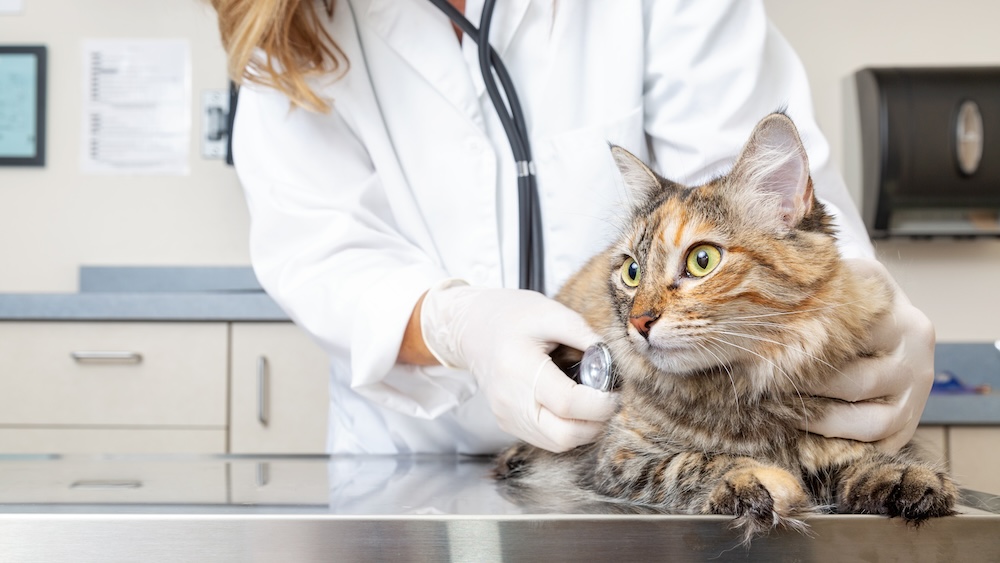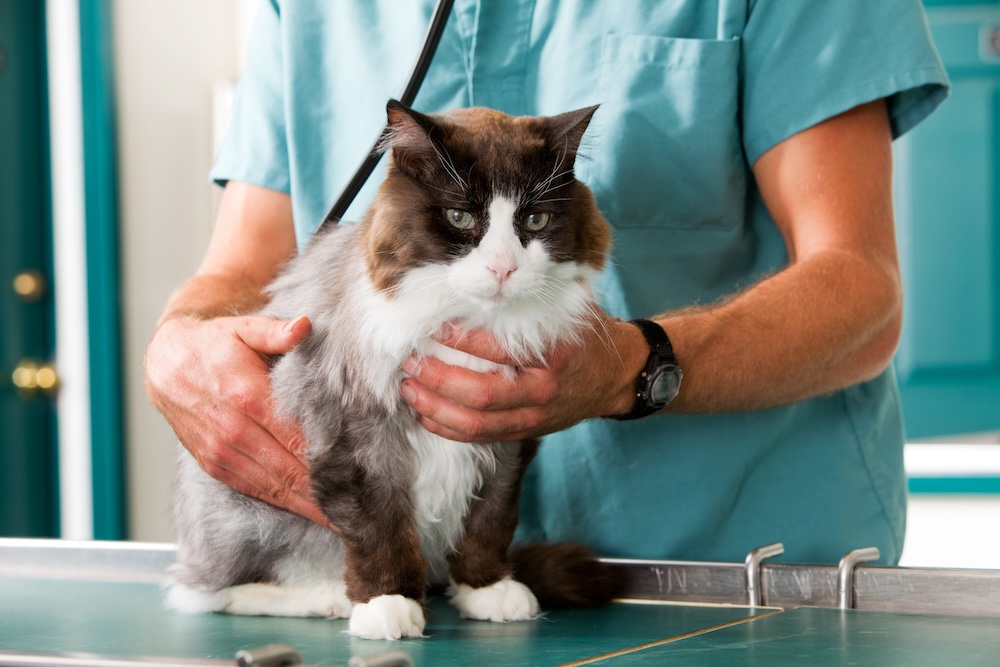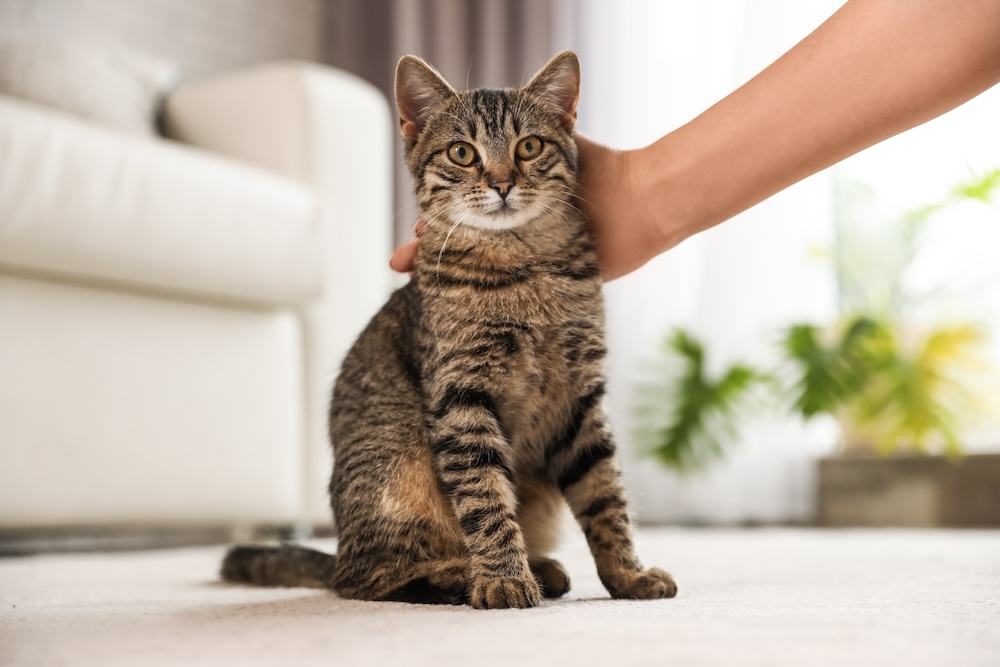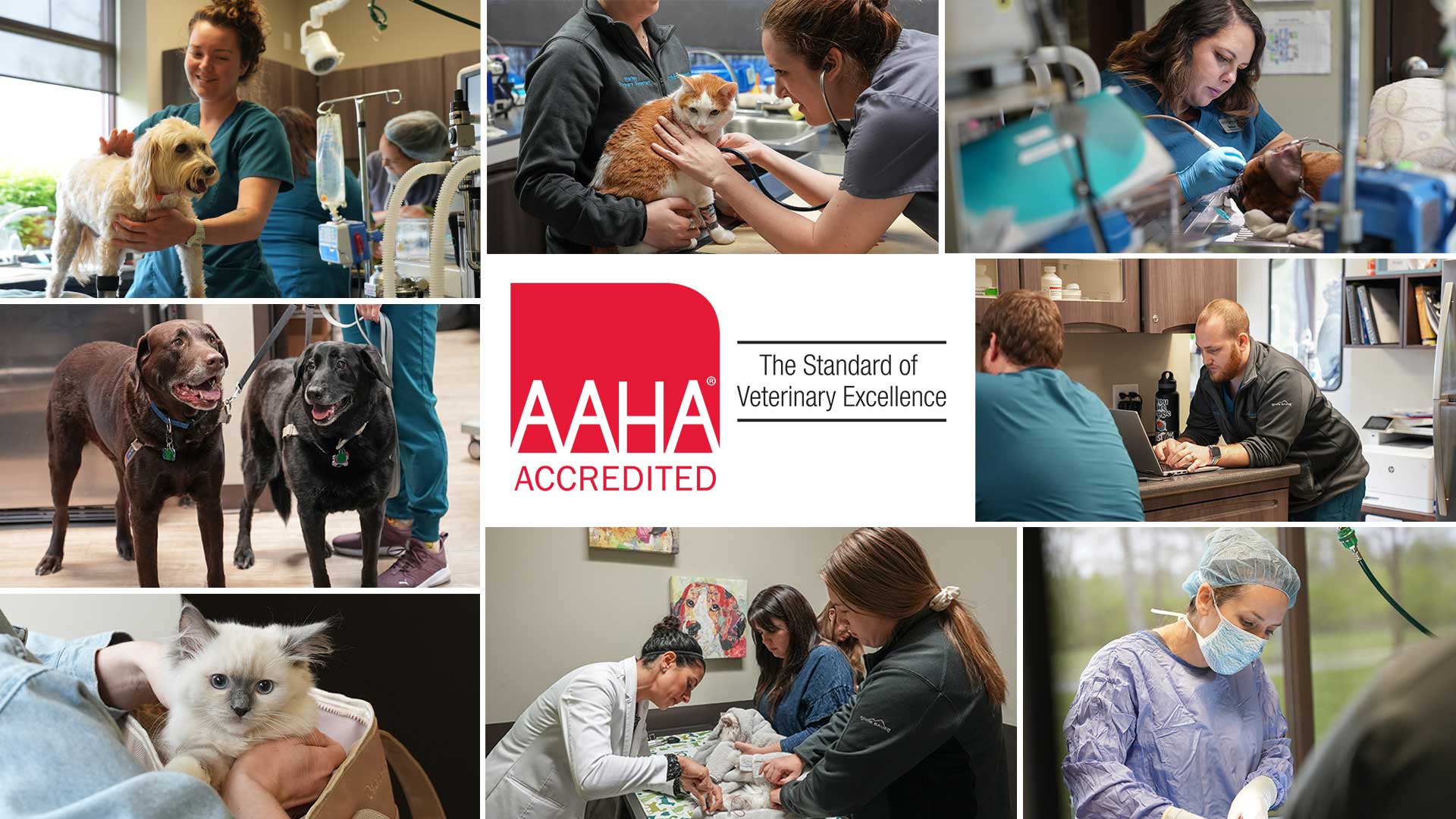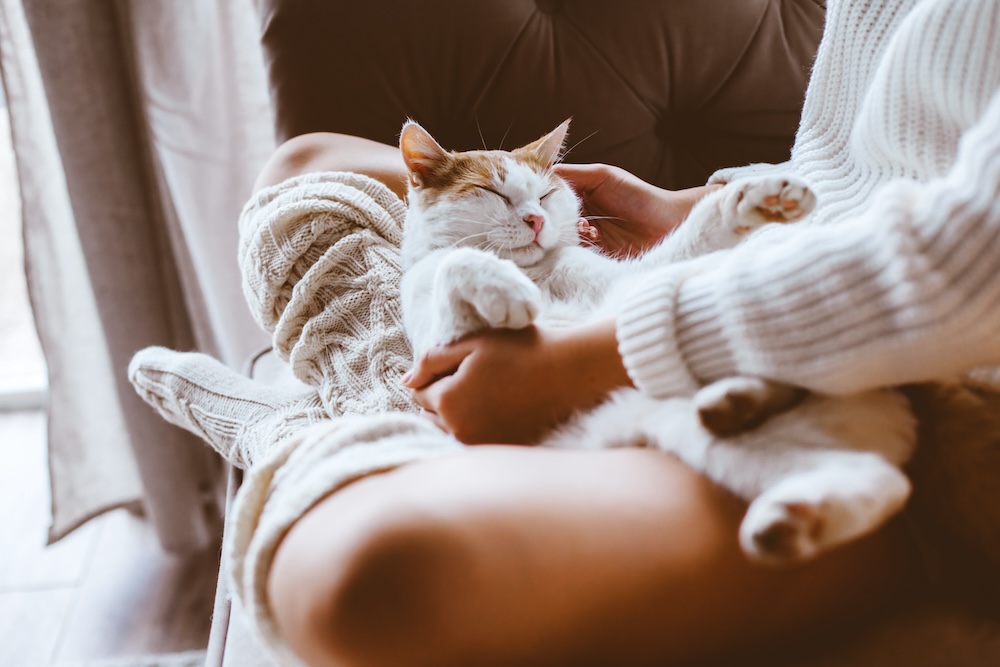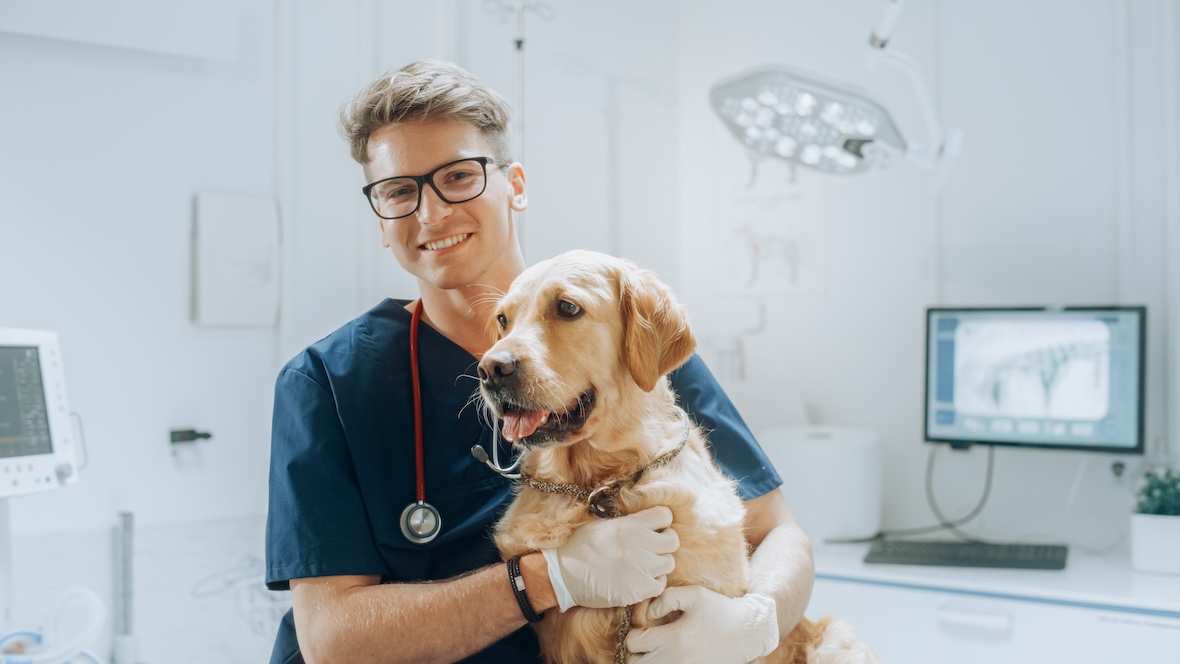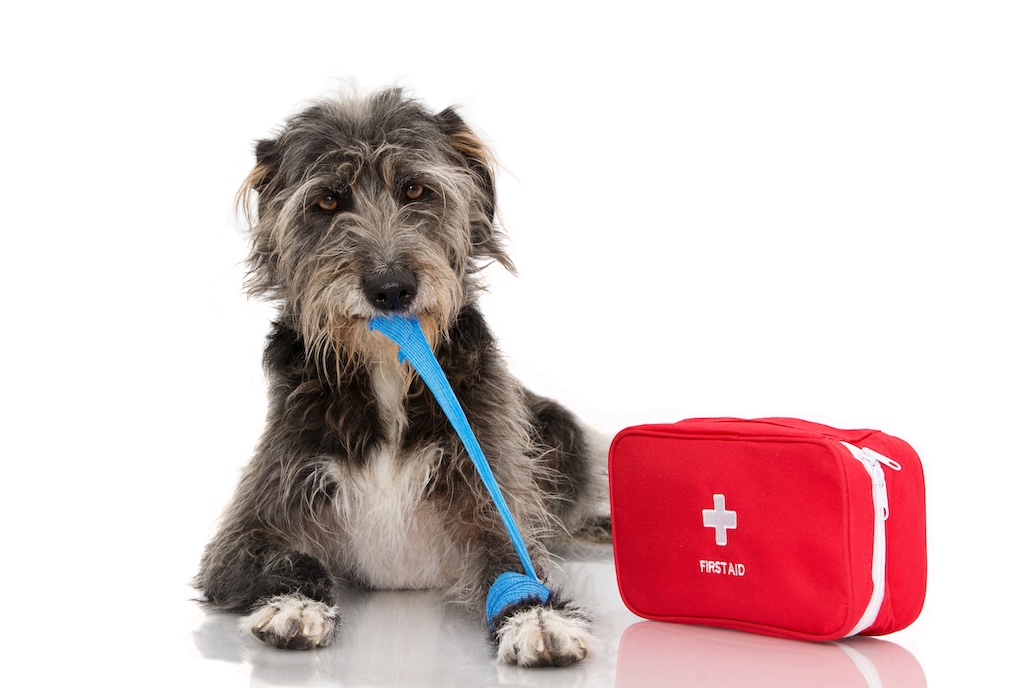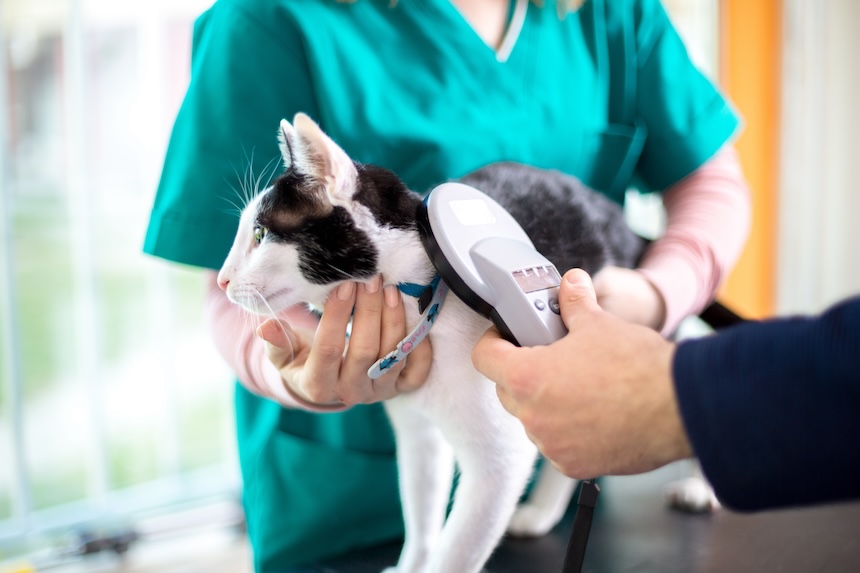The Benefits of Dog Playtime
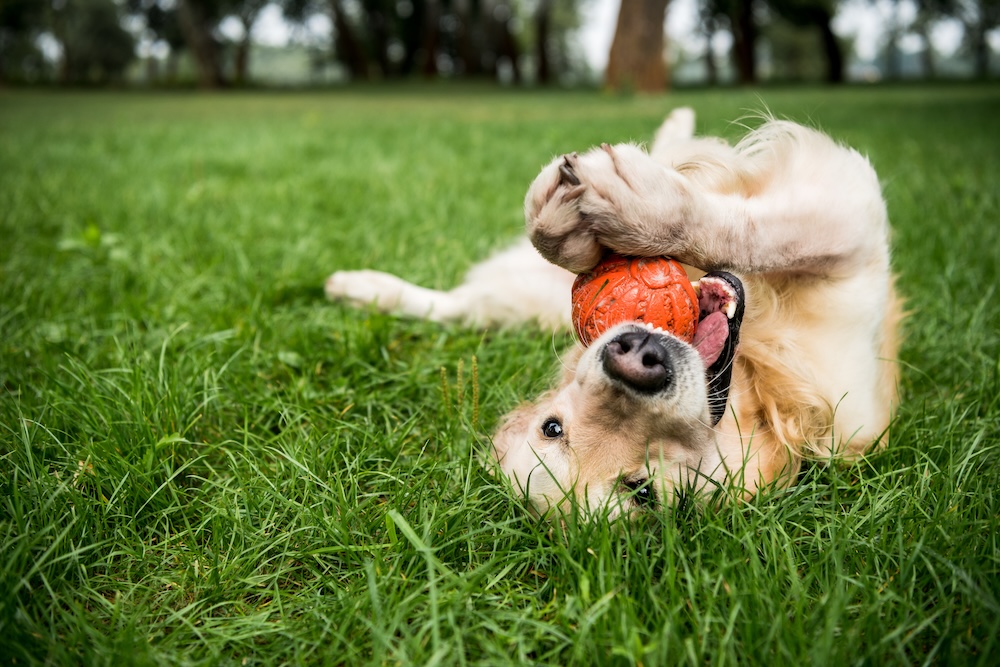
At Faithful Friends Veterinary Clinic, we understand that playtime is more than just fun and games for your dog—it’s an essential part of their overall well-being. Engaging in regular play not only keeps your dog physically active but also sharpens their mental faculties and strengthens the emotional bond between pet and owner. Physical play is


